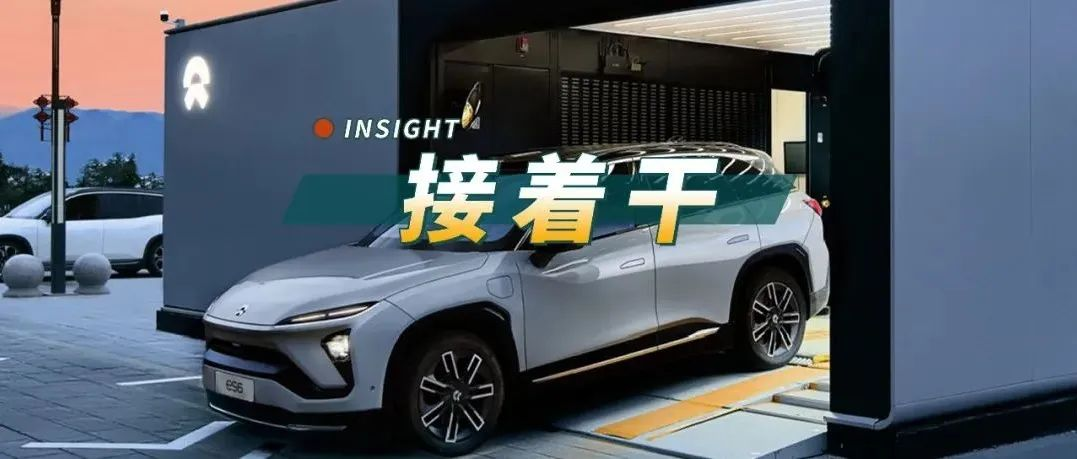Author: Xiao Dong; Editor: Chris
On July 6, 2022, NIO held its NIO Power Day 2022.
At the same time, NIO’s battery swapping stations exceeded 1,000,with the 1,000th NIO Power Swap Station landing in Lhasa, Tibet. On the NIO Power Day of 2021, there were only 304 NIO Power Swap Stations.
Let’s review the current achievements of NIO Power, who just recently celebrated its fourth anniversary (as of July 6, 2022):
- 1,011 battery swapping stations;
- 256 high-speed swapping stations connecting the high-speed swapping network in the four major cities;
- 1,681 charging stations and 9,603 chargers;
- Connected to over 520,000 third-party chargers;
- 31 Power Up Plan routes;
- Over 10 million times of battery swapping service;
- Over 820,000 times of one-click charging service.
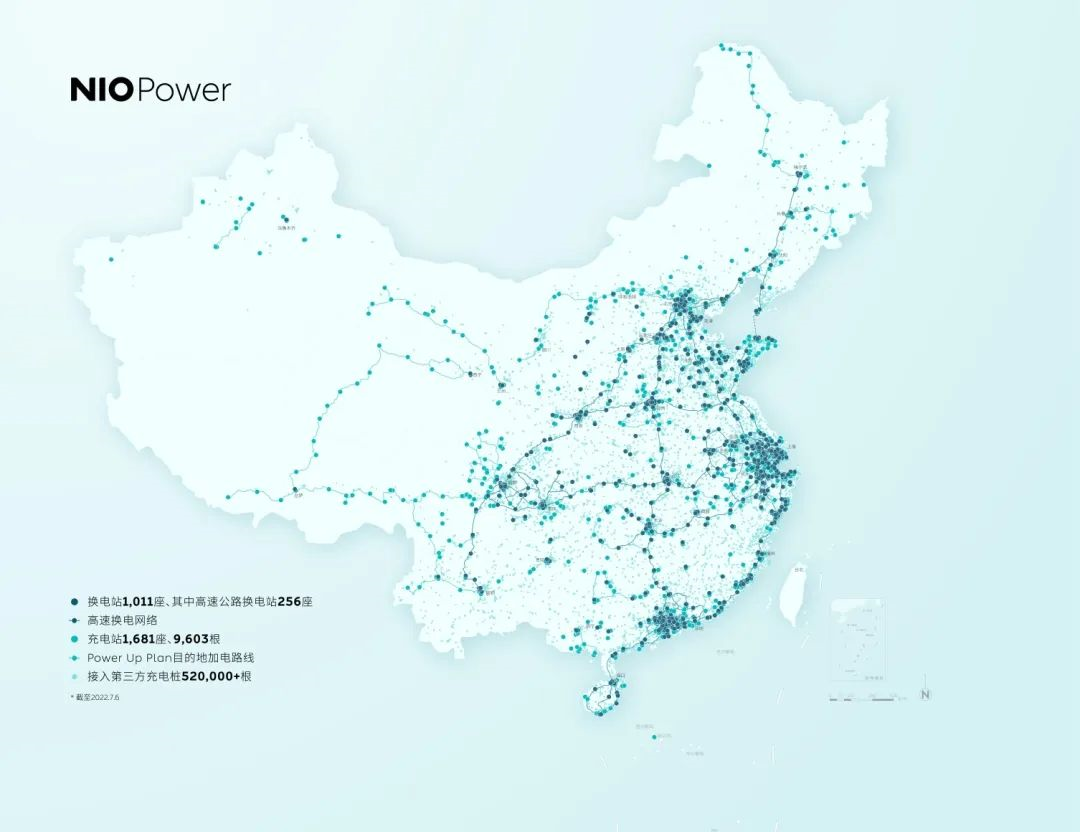
NIO also released a more important piece of data: “Convenient Charging” accounts for 88.8% of NIO users’ total charging volume. NIO explained, based on the user’s perception of charging duration, that charging methods including home charging, swapping, one-click charging, and en-route charging are defined as “convenient charging.”
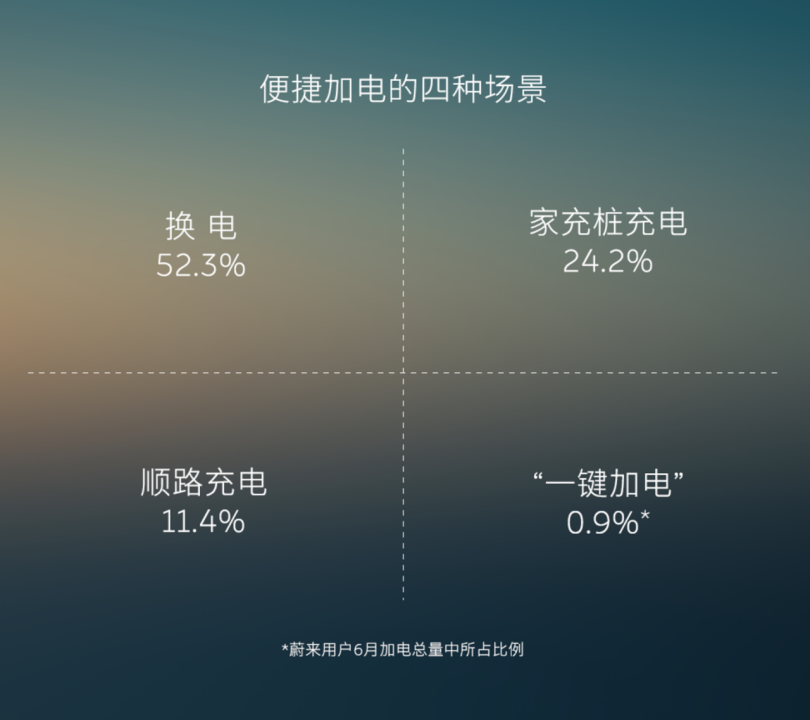
However, NIO’s ambition does not end here.
Continuing Expansion
Although “convenient charging” has covered 88.8% of NIO users’ total charging volume, NIO Power’s expansion has not stopped.
Home charging is the simplest, most convenient, and cheapest way to supplement electric cars, but installation issues have become the biggest obstacle. In order to provide the best charging experience for users, NIO not only helps users communicate and coordinate with the property, but even helps car owners to solve the installation problems of home charging stations through legal channels.
As of July 6, 2022, NIO has installed 127,528 home charging stations for its users. So how to solve the daily charging for the remaining nearly 100,000 users and the long-distance or temporary charging for all users?
Since 2015, NIO has established a model to address every charging scenario. In the 2021 NIO Power Day, NIO summarized the “all-scenario” energy service system for everyone.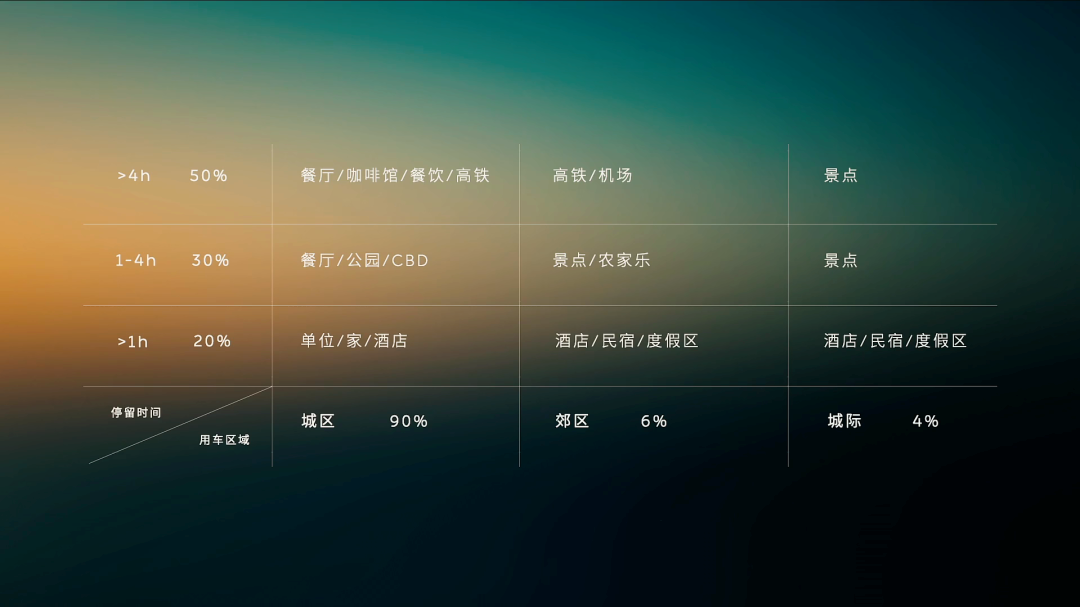
By analyzing users’ needs based on their parking time and usage area, NIO provides the most reasonable energy replenishment plan. This is what NIO is committed to doing.
Taking battery swapping stations as an example, for users who don’t have home chargers, swapping at a station near their home or office is the most convenient way of energy replenishment. The concept of Electric Zone House has emerged in the NIO Community. The average swapping time, including the owner’s waiting time and the actual swapping time, is about 12 minutes according to NIO’s statistics. For Electric Zone House users, this energy replenishment experience is no different from fueling a gas-powered car.
Therefore, the coverage of NIO’s Electric Zone House has increased from 29% during Power Day last year to 62.1% this year. NIO plans to achieve the coverage rate of 90% for Electric Zone House by 2025.
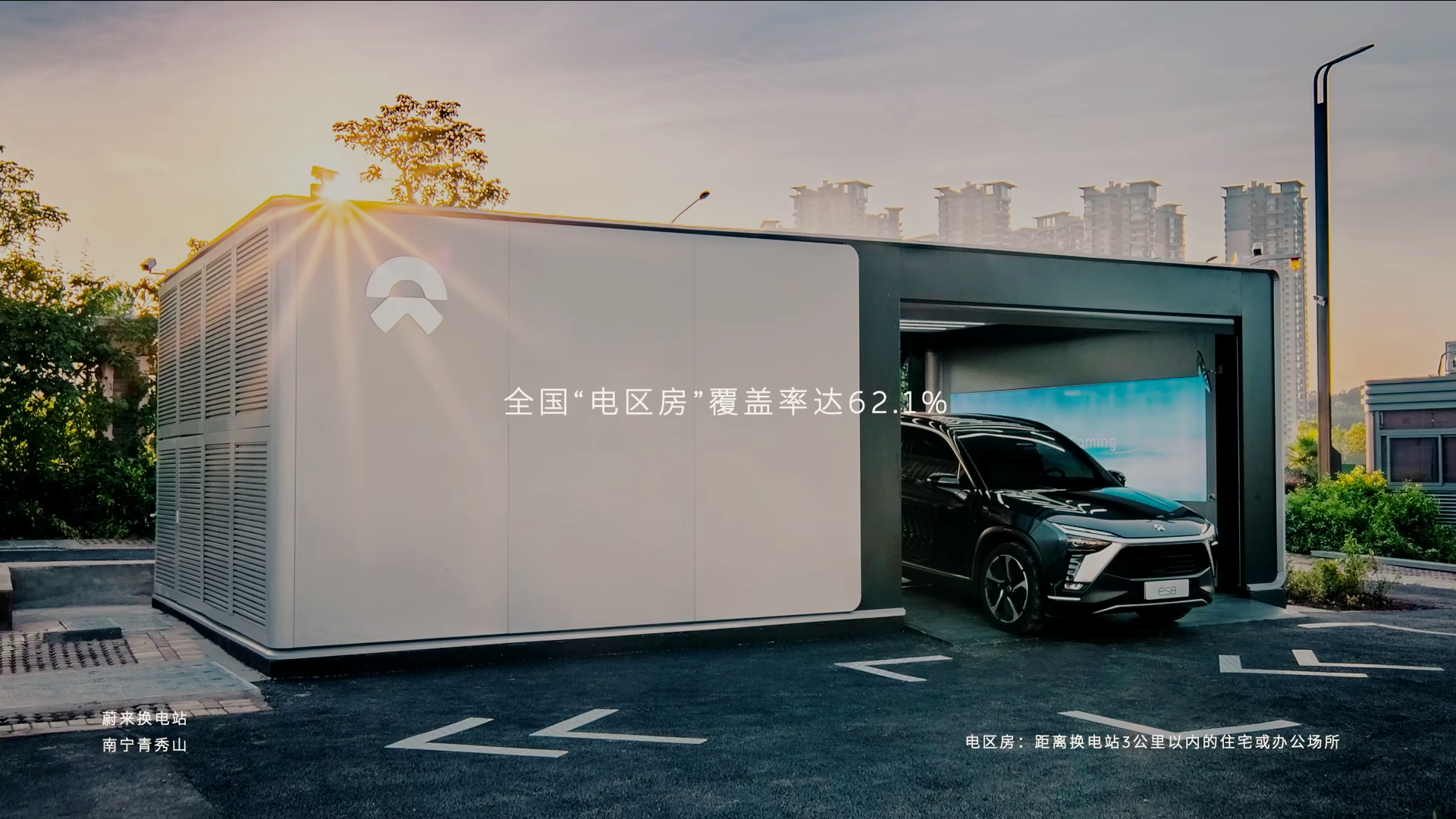
For most users, the first step to fulfill their energy replenishment needs is through swapping at Electric Zone House and home charging.
Next, it is to fulfill the need for long-distance travel. NIO has successfully covered 205 high-speed swapping stations in the five horizontal and three vertical high-speed networks in a little over a year, linking the four strategic metropolitan areas. The achievement is remarkable, with these 205 stations having provided 1.6 million high-speed swapping services. So far, NIO’s 256 high-speed swapping stations have provided a total of 1.7 million swapping services.
According to the 14th Five-Year Plan and the Vision 2035 Outline, China will have 19 metropolitan areas. The next step for NIO is to link these metropolitan areas by establishing a high-speed swapping network with nine horizontal and nine vertical lines, similar to the five horizontal and three vertical lines, to further enhance the convenience of long-distance travel for car owners. NIO’s ultimate goal is to provide car owners with a “let’s go” long-distance travel experience.
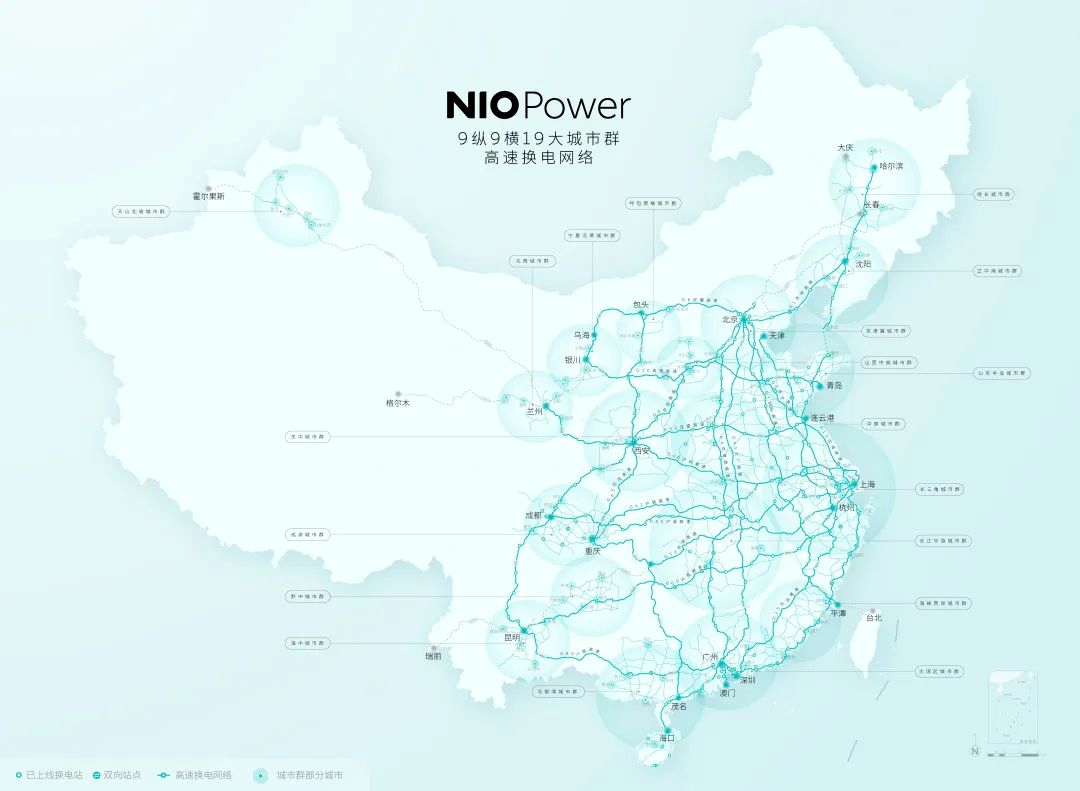
Metropolitan areas are located in scarce locations with limited power resources. NIO has already secured crucial locations and is continuously expanding its presence through the most efficient high-speed energy replenishment plan, which undoubtedly requires high attention from competitors.
In NIO’s plan, there will be around 3,000 swapping stations in China by 2025. The third-generation swapping stations, featuring larger capacity, higher efficiency, more flexible layout, and compatibility with a wider range of vehicle models and battery types, are about to be officially launched at the end of this year or the beginning of next year.
As for how to solve the layout difficulties of battery swapping stations due to factors such as grid capacity, Dr. Shen Fei, Vice President of NIO Power, gave a simple answer, “Find someone who understands the language of power to communicate with the power industry“.
Don’t forget that battery swapping is only a part of NIO Power. NIO’s charging experience in China is also outstanding. At the end of this year, NIO will also launch a globally applicable 500 kW supercharging station. Compared with XPeng and Ideal’s layout of 480 kW ultra-fast charging stations, NIO’s battery swapping stations have unique advantages.
According to Dr. Shen Fei, the capacity of transformers at battery swapping stations is basically 630 kW or 1250 kW. This provides a very advantageous situation compared to other brands’ layout of 1-2 500 kW supercharging stations near the battery swapping station. In the face of the questioning of “800 V”, NIO’s answer is, “We want it.”
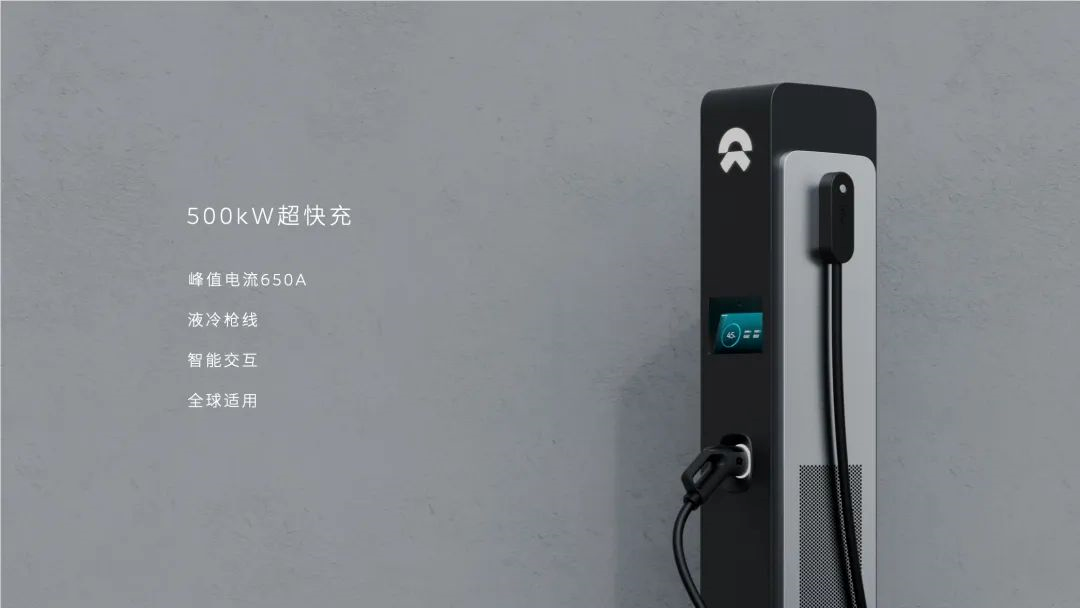
Considering the scarcity of electric capacity itself, and more importantly, at present, no model of NIO can support 500 kW-level fast charging power. According to Li Bin’s disclosure at the financial report conference, NIO’s models based on the 800 V high-voltage platform will not be put into production until the second half of 2024 at the earliest. It feels like NIO is building the 500 kW supercharging network just for show two years in advance.
However, from another perspective, even for NIO’s current supercharging stations, the usage rate from third-party brands is as high as 80%. Considering NIO Power as an independent replenishment service operator, early layout to compete for scarce electric capacity is very reasonable.
NIO plans to launch 168 Power UP Plan destination charging routes in 2025. Similarly to the battery swapping/supercharging network, NIO’s destination charging stations are mostly built above shopping centers and hotels, which have scarcity properties. In addition, it is another way to enhance the brand awareness of NIO.
NIO is also one of the few brands that can provide one-click charging services. One-click charging has served 54 brands of electric vehicles. The second-generation multi-functional service vehicle with the ability of charging, maintenance, and repair has just welcomed in June this year, “NIO Power + NIO service”!
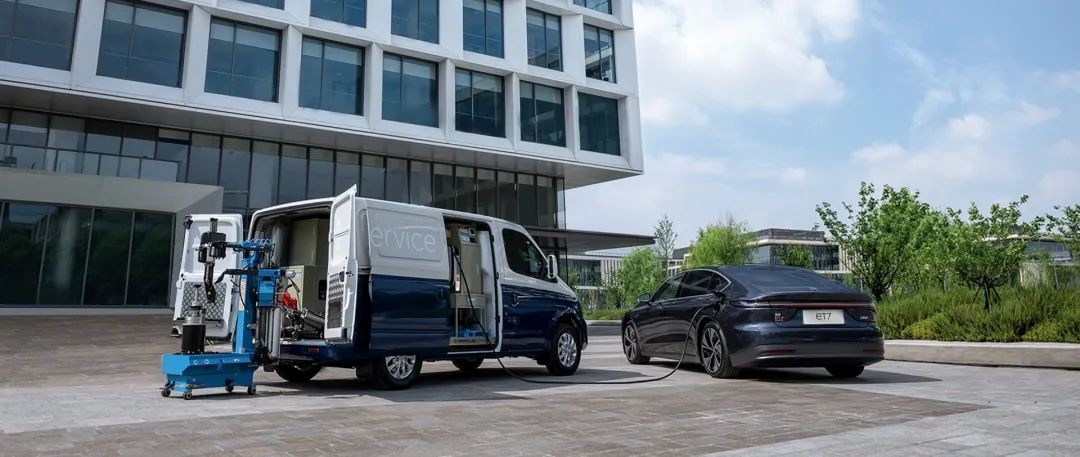 The interchangeable and upgradable feature, coupled with the all-scenario replenishment system, has made other car companies hesitant to keep up. What’s even more frightening is that NIO Power continues to expand rapidly.
The interchangeable and upgradable feature, coupled with the all-scenario replenishment system, has made other car companies hesitant to keep up. What’s even more frightening is that NIO Power continues to expand rapidly.
As NIO co-founder and president Qin Lihong said, “The year 2025 has not come to an end, and the world has not come to an end. We will continue to work hard.”
The Brain of NIO Power
Do you have any questions about how NIO can operate such a complex NIO Power system?
The answer is NIO Power Cloud. In 2021, NIO Power Cloud played an important role, but the visualization was not as comprehensive as it is now, so NIO did not introduce it. Let’s take a closer look at how NIO Power Cloud achieves intelligent site selection, intelligent operation and maintenance, and intelligent recommendations.
First, in terms of site selection, NIO Power Cloud provides auxiliary decision-making functions for the selection of new charging facilities based on user charging needs, current charging service capabilities in the region, and whether construction conditions are met, among other data.
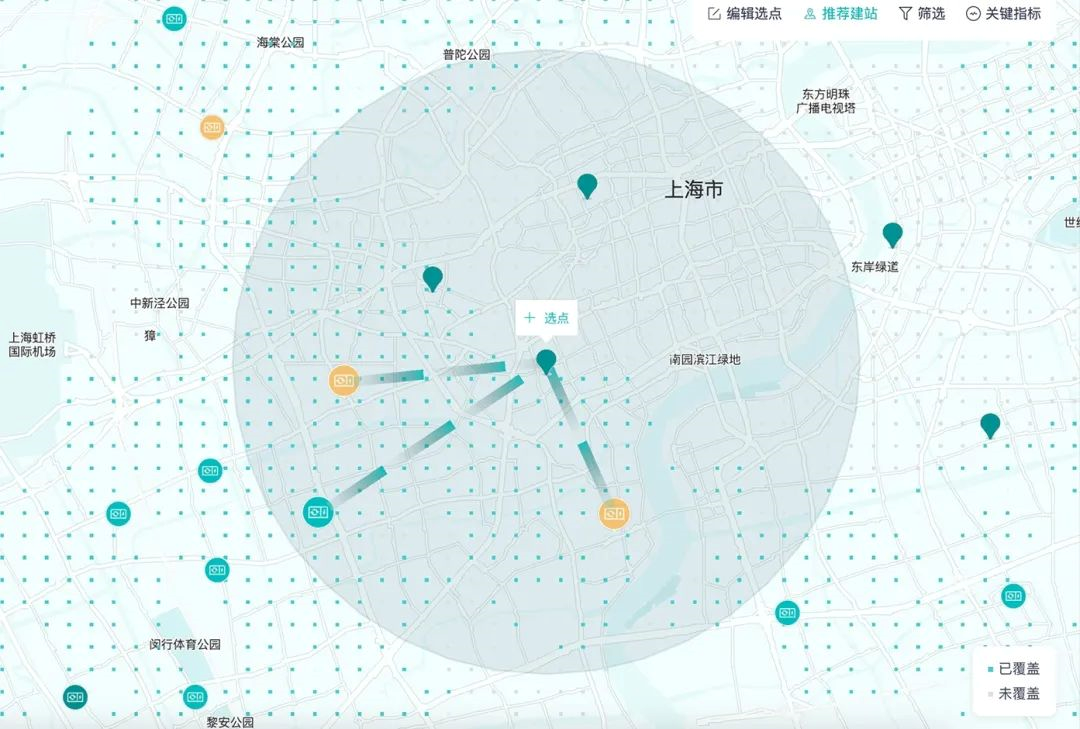
After NIO personnel have performed preliminary site selection through “recommended site selection,” they go to the site in person to investigate whether the conditions for establishing a new replenishment facility exist, greatly improving the efficiency of replenishment facility investment.
Second, for intelligent operation and maintenance, NIO’s battery swapping service has been questioned due to high costs, inability to generate revenue, and inability to operate in the long term, among other factors. One of the biggest expenses for battery swapping is labor costs, which cannot be solved by first-generation stations. However, NIO now has around 100 second-generation battery swapping stations operating unattended using digital twin technology, which provides visual and remote monitoring of battery swapping station operations, including current status, detailed swapping processes, and battery conditions, among other factors, to reduce costs and increase efficiency. Similarly, NIO also employs an intelligent operation and maintenance system for its supercharging piles and even home charging piles.
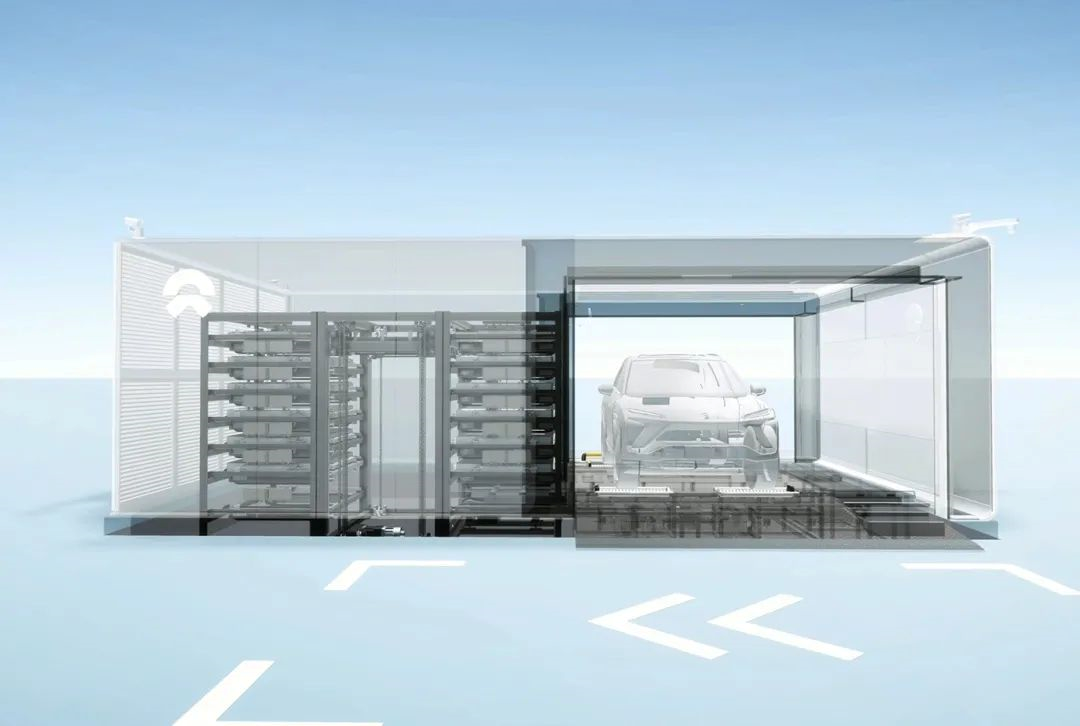
NIO has also released real-time operating data, including the number of battery swapping orders, the health status of battery swapping stations, the penetration rate of battery swapping, and the total number of batteries at battery swapping stations-3821 for long-range batteries and 5140 for standard-range batteries. This is more of an answer to the report on NIO from GrizzlyShorts, which discussed NIO’s oversupply of batteries.The final aspect is intelligent recommendation. Through charging information, real-time traffic conditions, vehicle endurance, and user charging habits, NIO Power Cloud plans different driving routes for each user for long-distance travel and recommends charging resources along the way. When faced with queues at battery swapping stations, NIO will later launch a feature to intelligently recommend nearby swapping stations. This completely user-centric ability is difficult to achieve for other brands besides those with a self-built energy supply system.
Apart from a fully functional energy supply system, NIO also has the most user-friendly charging app, known as the NIO Power app. Through a large amount of real feedback data from users, it provides support for its intelligent recommendation system.
Furthermore, NIO has developed the “Charging Journey” feature in the app, which combines user reviews and travel guides to create new travel routes. Through a large amount of user travel data, it improves the energy supply experience by filling in the gaps that were ignored by the energy supply system.
This comprehensive exhibition of NIO Power Cloud fully explains why NIO Power relies on NIO’s energy cloud technology to build a renewable, upgradable energy system. NIO Power Cloud has become the cornerstone of NIO Power.
Looking at NIO’s battery swapping service from a different perspective, we always think about whether it can be profitable and whether it can develop sustainably over the long term.
Qin Lihong stated in a media briefing that we need to look at NIO’s overall profit goal. Battery swapping is like asking a restaurant when you will start making a profit from the napkins you give to customers. It is a service, and high-end brands naturally provide better services. For NIO, overall profitability is more crucial. NIO Power, as one of NIO’s key competitive advantages, is not primarily focused on profitability in the short term. One of NIO Power’s main tasks is to reduce costs.
Looking at NIO Power from a higher level, it is well-known that electricity resources are difficult to store, especially for renewable energy generation sources like wind and solar. The difference between peak and valley power generation capabilities is significant. Therefore, energy storage has become an essential part of regulating the pressure on the power grid in the future. Tesla has launched the Powerwall, Powerpack, and Megapack energy storage products. XPeng and Ideal Futuristic’s supercharging stations will also incorporate energy storage facilities. Similarly, NIO’s battery swapping stations have formed a naturally advantageous energy storage system.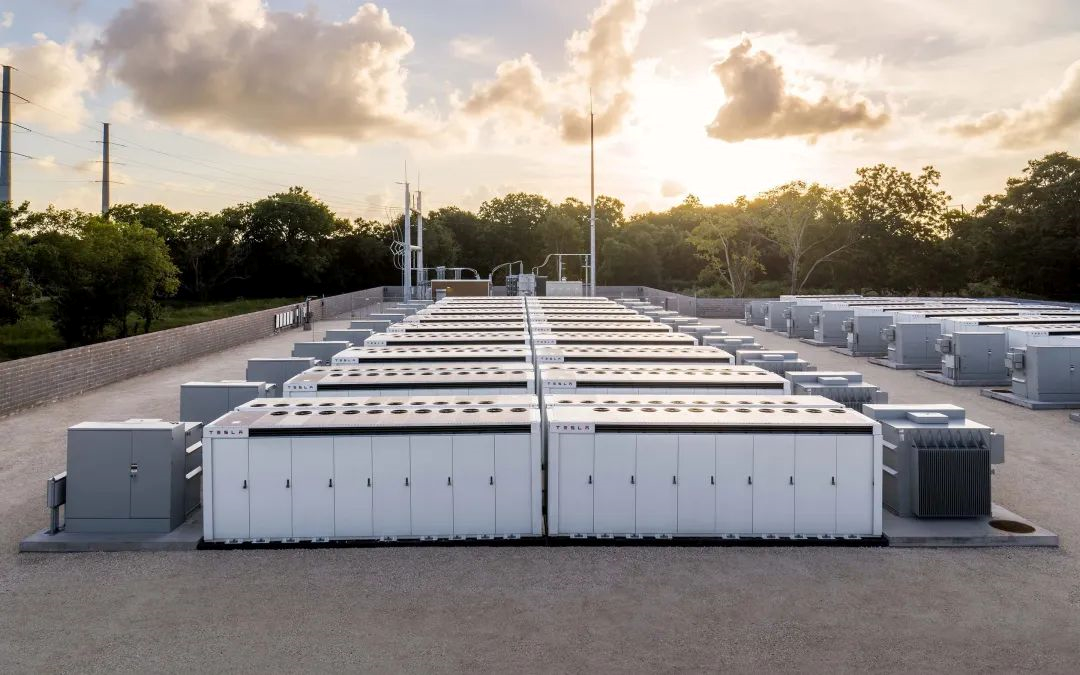
NIO’s battery swapping stations act as an energy storage system, which is beneficial for environmental, electricity and operational systems by allowing for “off-peak charging and peak-time discharging”. Especially as NIO expands its presence into Europe, where electricity markets vary greatly, and where extreme fluctuations in electricity prices every 15 minutes cannot be ignored. Domestic energy policies are constantly evolving, and as our country’s new energy generation percentage increases, the power system will gradually become more refined and able to regulate grid pressure.
NIO’s 1000th battery swapping station, located in Lhasa, is powered by clean energy sources such as photovoltaics and hydroelectricity. Imagine the massive capacity for battery swapping stations to generate their own electricity and interact with the electric grid will become a focal point in the future. At the 14th China Automotive Blue Book Forum on July 7, the chairman and CEO of NIO’s battery swapping brand, Rui Lan Automotive, Lou Yuanfa, stated that this year would be the year of the battery swapping revolution, with battery swapping stations from Aulton and CATL’s EVOGO brand and various other car companies’ swapping systems gradually meeting customers. In the future, the role of battery swapping stations will be much more than just supplemental power.
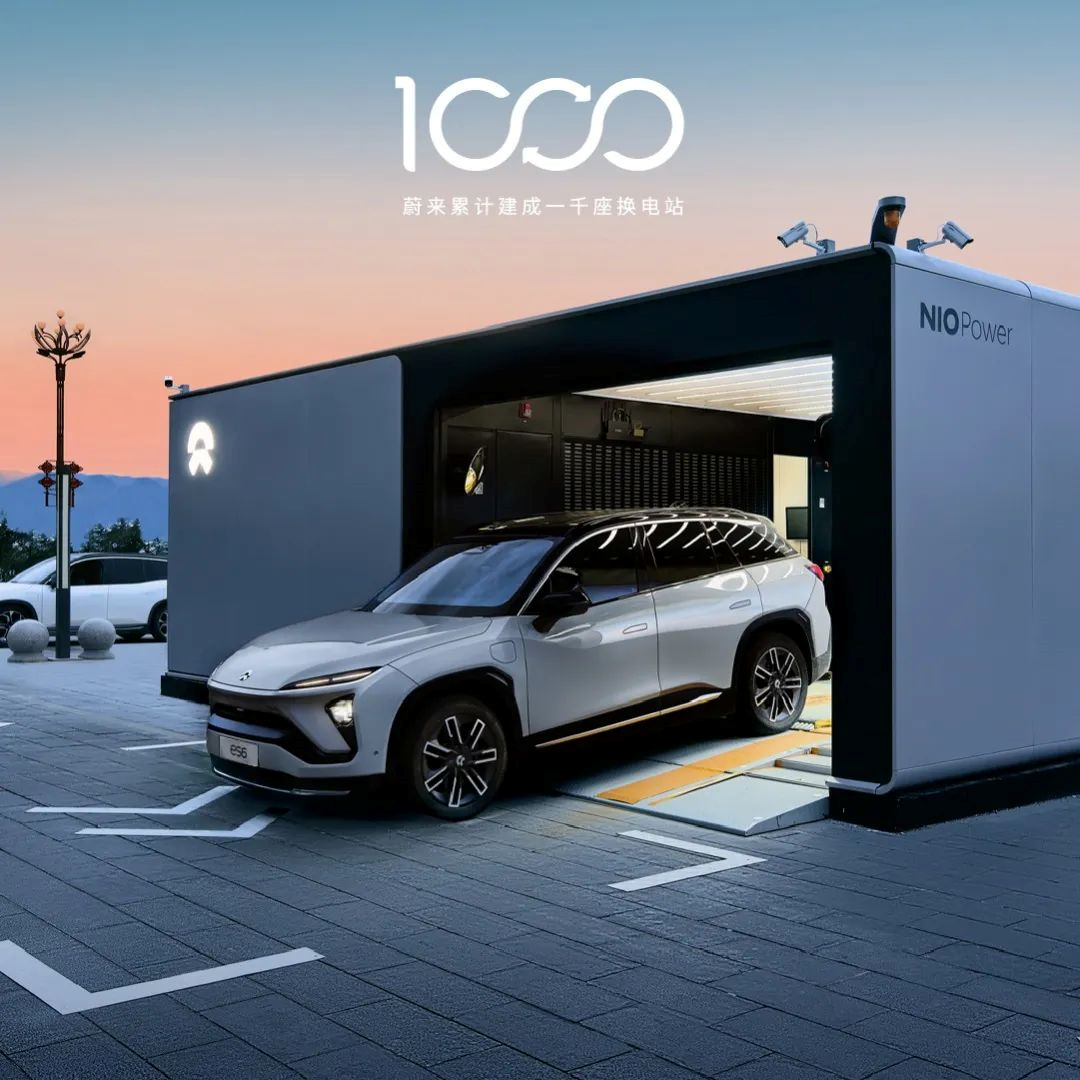
For consumers, accessing cheaper home charging through NIO Energy Cloud is achievable, and NIO has organized users to participate in grid requirements. Over 5,000 NIO users in Beijing, Tianjin and Hebei have consumed more than 5 million kWh of wind power.
NIO, along with the entire new energy vehicle industry, is promoting the V2G charging pile and exploring further interaction with the grid. To borrow NIO’s vision, Blue Sky Coming, this is not just about electric cars.

When it comes to more and more brands joining the layout of the supplementary-system for new energy cars, specifically the charging and battery swapping infrastructure, Qin Lihong proudly stated: “We came up with this idea in 2014. We were eight years ahead of the game when we realized this was a viable solution. We demand of this team: How can we maintain this lead?”
Today, NIO Power has clearly become an important component of NIO’s competitiveness. Making refueling as convenient as charging is what NIO wants to achieve, just as Qin Lihong said, “We take one step closer each day to achieving this great goal.”
This article is a translation by ChatGPT of a Chinese report from 42HOW. If you have any questions about it, please email bd@42how.com.
